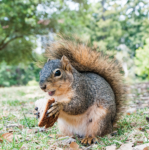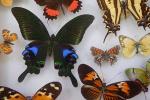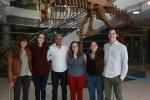Koskella: When it comes to climate change, don’t forget the microbes
Submitted by Krystin Ventura on Tue, 06/18/2019 - 18:31A new consensus statement published in Nature Reviews Microbiology raises awareness of the alarming consequences of global climate change on microbes, which have critical functions in animal and human health, agriculture, the global food web and industry.
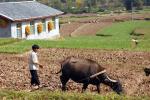
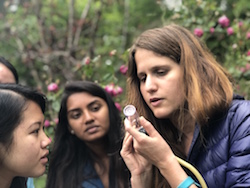 With recent advancements in portable, reliable, and low-cost scientific instruments, biological field research is flourishing. Now, a group of UC Berkeley undergraduates is newly equipped to investigate the natural world in real time with these new tools at their disposal.
With recent advancements in portable, reliable, and low-cost scientific instruments, biological field research is flourishing. Now, a group of UC Berkeley undergraduates is newly equipped to investigate the natural world in real time with these new tools at their disposal.
